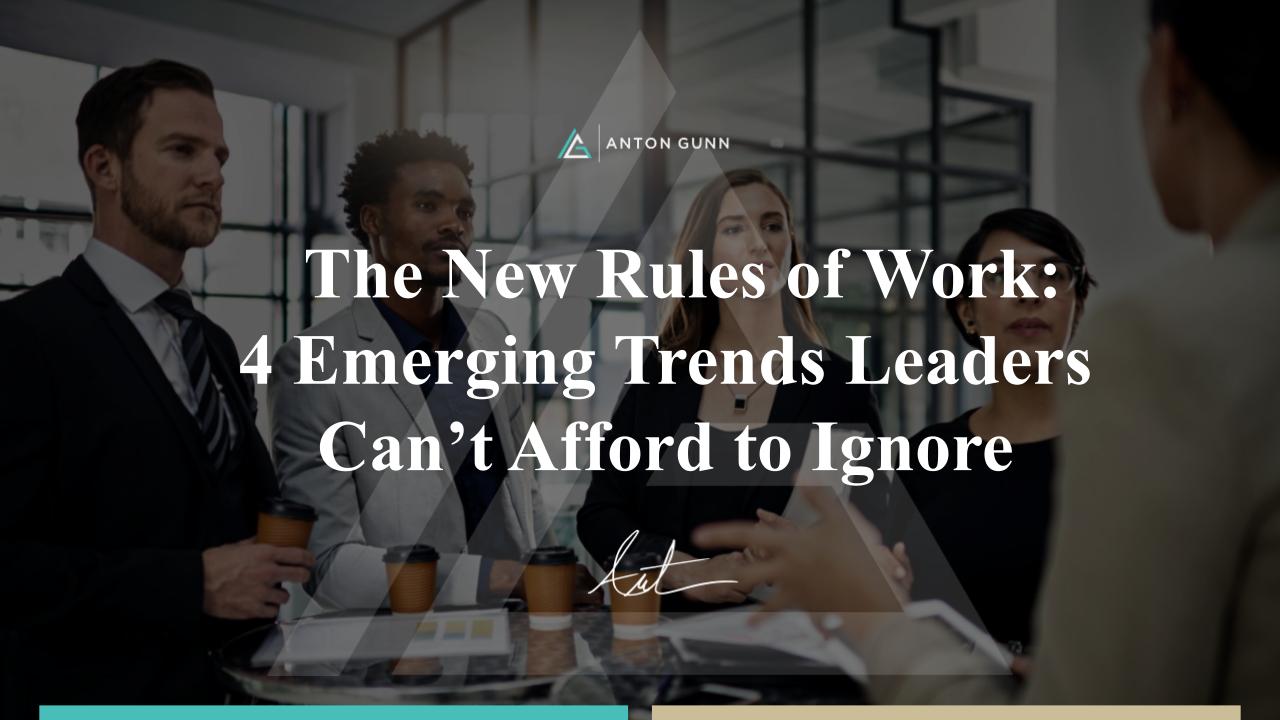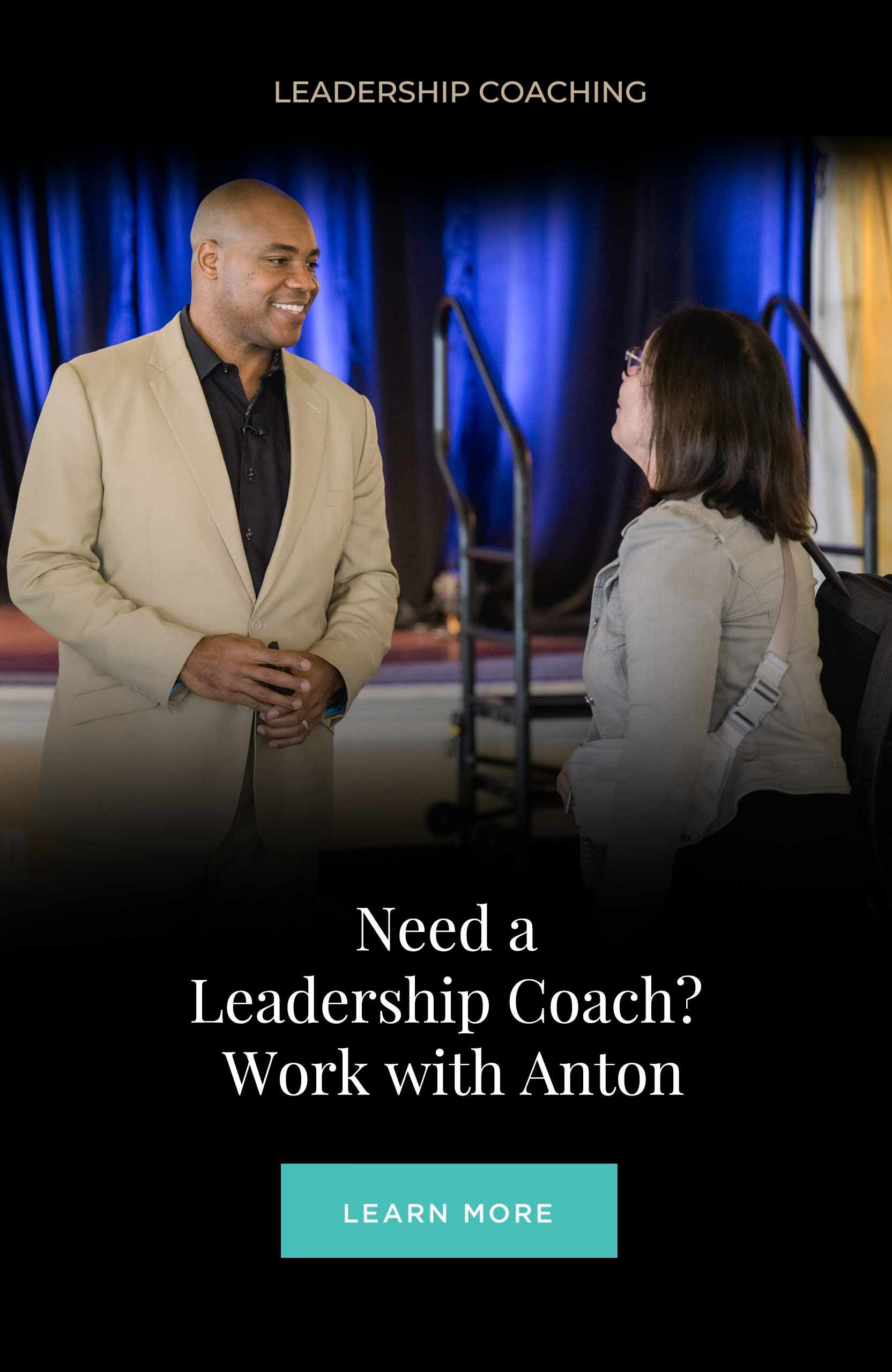The workplace you knew five years ago is gone—and it’s not coming back.
What we’re experiencing now isn’t just change. It’s transformation. The hybrid revolution, the rise of Gen Z, economic turbulence, and renewed calls for equity and justice have created a pressure cooker of new behaviors and bold expectations. And for leaders, it’s not just about keeping up—it’s about stepping up.
If you’re feeling like something’s “off” with your team lately, you’re not alone. But here’s the good news: you’re not powerless. You can lead through this moment with clarity and confidence—once you understand what’s really happening.
In this four-part blog series, I’ll break down four emerging workplace trends that every executive, manager, and HR leader needs to watch. These are the behaviors bubbling beneath the surface that, if ignored, will quietly erode trust, tank retention, and cripple performance.
Let’s preview what’s coming…
1. Silent Sacking
You’ve heard of quiet quitting—employees doing the bare minimum to get by. But now, a more sinister trend is surfacing: silent sacking. This is when organizations intentionally push people out without actually firing them. It looks like isolating key contributors from meetings, removing high-impact work, or denying promotion opportunities—all to avoid legal risks or severance costs.
But make no mistake—your culture pays the price. Silent sacking breeds confusion, kills morale, and sends a chilling message: “You don’t belong here.” Leaders must replace passive aggression with radical clarity. Instead of “managing people out,” manage performance in. Have the courageous conversations. Use data, not feelings. And remember: you can’t build a world-class workplace if your team doesn’t trust you.
2. Rage Applying
If your best people are sending out résumés right after your team meeting, that’s not random. That’s rage applying—an emotional, impulsive reaction to feeling overlooked, disrespected, or unheard. It’s driven by burnout, unclear expectations, and toxic micro-management.
This behavior is a direct byproduct of poor leadership communication. When employees aren’t getting feedback, development, or support, they start looking for exits instead of opportunities.
Leaders must shift from reactive to proactive. Ask yourself: Am I equipping my team with tools, information, and encouragement—or just tasks? When your people don’t feel seen, they’ll find someone else who sees them.
3. Toxic Leadership Traits
Not every toxic leader is loud. Some are quiet, polite—and still deeply destructive.
Micromanagement, favoritism, emotional unpredictability, and a lack of accountability are all signs of a leader who may appear competent but is actively sabotaging your culture. And too often, these leaders are protected because “they get results.”
But at what cost?
One toxic executive can create a ripple effect of disengagement, turnover, and even legal exposure. Remember: the cost of workplace injustice due to disengagement and turnover is nearly $915 billion annually in the U.S..
As a senior leader, it’s your job to root out these behaviors—not excuse them. That’s what Socially Conscious Leadership demands. Real impact starts with values, not just results.
4. Rank-and-Yank
You may think performance reviews are helping you identify top talent—but if you’re still using the rank-and-yankmodel, you’re doing more harm than good.
Popularized decades ago, this method forces managers to label a set percentage of their team as underperformers every year—regardless of actual performance. It breeds fear, competition, and ultimately resentment.
In today’s collaborative, high-trust environments, that’s a disaster. People don’t want to compete with their colleagues—they want to build with them. They want leaders who develop them, not discard them.
If your performance model is based on who to “cut,” it’s time for a reset. Instead, focus on coaching, clarity, and capacity-building. The best leaders don’t manage by force—they lead by influence.
What’s Next?
Each blog in this series will unpack these trends with:
- Clear definitions
- Real-world examples
- Economic consequences
- Practical tools you can use right now
- FREE downloadable resources to assess and act
You’ll walk away with strategies that come from the field—not just the ivory tower. This is about turning awareness into action, and fear into focus.
If you’re serious about building a high-trust, high-performance culture, you can’t afford to ignore these shifts.
But here’s the good news: you don’t have to tackle them alone.
Next Steps:
- Follow this series and download the Leadership 44 Resource Guide for actionable tools.
- Book Anton for a keynote or executive retreat to transform your leadership team.
- Connect on LinkedIn to stay ahead of the trends that are shaping tomorrow’s workplace.
Because the future of work belongs to those who are ready to just lead.







